The chase is on
Lions, they rule the land in Africa. Seeing them in the wild is something else, they know they rule, they walk with confidence and feed almost when they please. Photographing them though, that’s a different matter. Miles after miles of bumpy tracks scouring the plains for sight of these majestic beasts is hard work. Listening to the sounds on the radio for another driver to shout the word “SIMBA!!”, then you all race at high-speed from all directions to the location.
Not what I had in mind
When we got the call on the radio, our driver said “Lions, let’s go”. Off we went, dust flying behind us. I’m watching all around the plains and you can see other safari vehicles leaving red plumes of dust trails as they all converge on the same point. A luxury Lodge. Strange, I think to myself, is this a wind up? Are there really Lions? I ask the driver “Did you say Lions are here?”, “Yes”, he said, “the swimming pool”. Now I really am confused. We pass through the entrance gate to the lodge, get out and hurry down the path past the sign that says “Swimming Pool”. There sitting in a chair is an employee, our driver asks a question in Swahili. He turns to us and points out over the fence that surrounds the pool and surely enough, Lions.
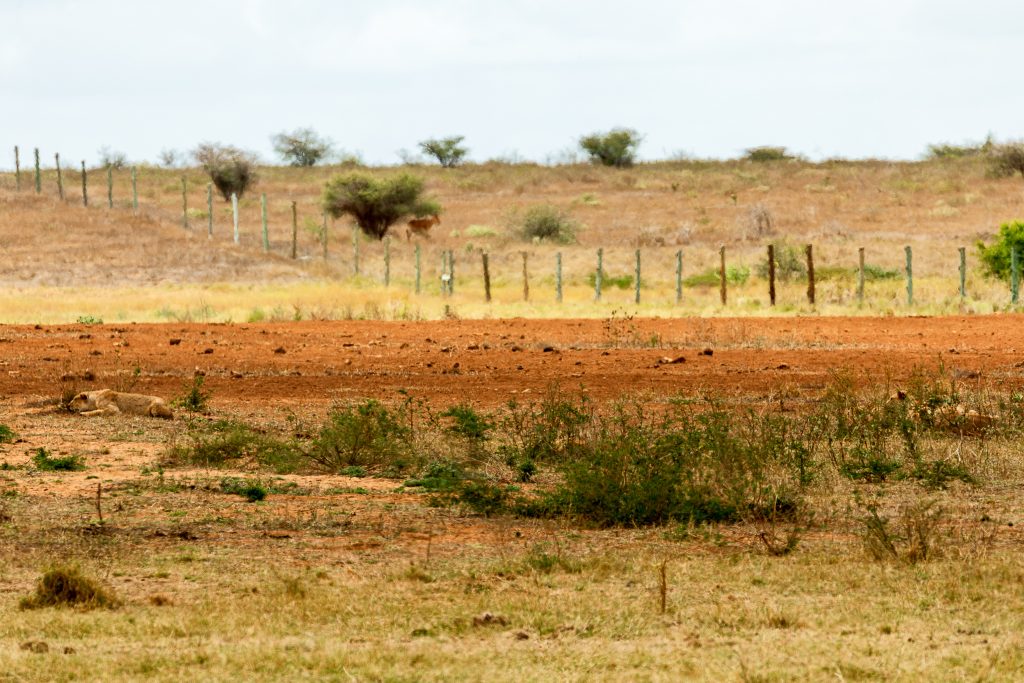
Not all is what it seems
Here we can see four lions. The one of the left is crouched low watching some zebras a hundred or so metres away. The other three are on the right, hiding in the grass. The zebras are aware of the lions, they know they have a safe distance of around 30 metres. The lions know the better grass is between them. Sure enough the zebras move towards it. Now, you and I at this stage are thinking, “Well, the zebras will keep their distance, so they are safe”, and in fact you would be right. But what you and I don’t know is that four other lions in this pack are situated in the deep grass. This is an ambush, and a very good one.
You have to be fast
When it comes to photographing wildlife, especially lions, you need to have your eyes watching everywhere. This is not like photographing a landscape image at all. If I had kept my lens on the only lions I thought were here I would have missed what happened next. The zebras are spooked and start running in all directions.
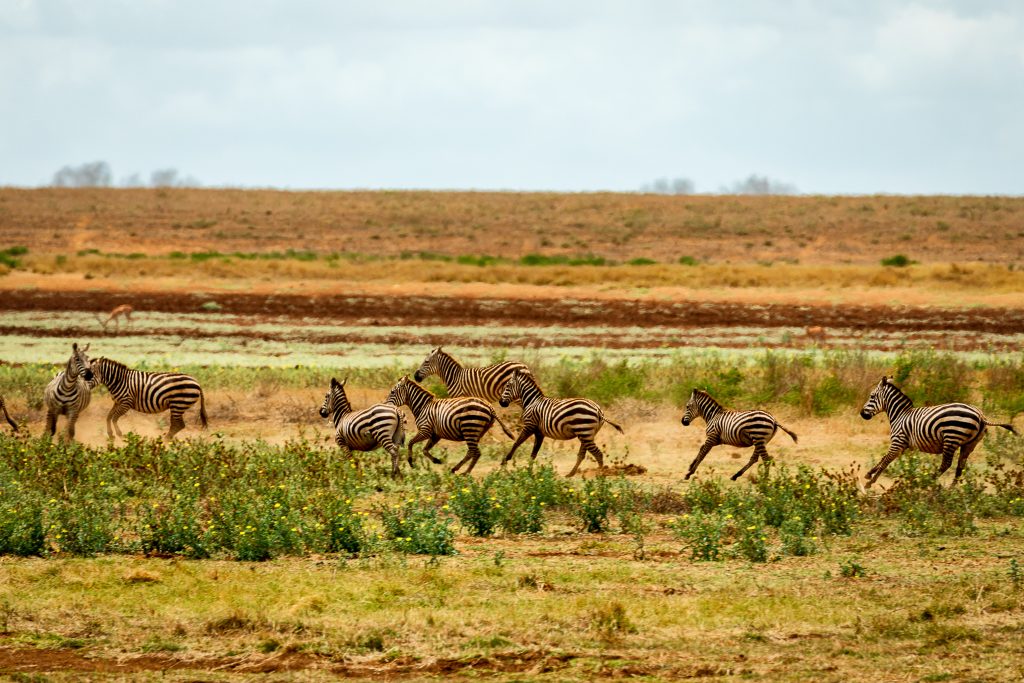
Then suddenly behind the zebras from a bush, one of the other four lions sprints towards a lone one. You have to have a fast camera to capture what happened over the next 2-3 seconds. My camera will take around 7 shots per second, but when zoomed in at this level it’s hard to keep track.
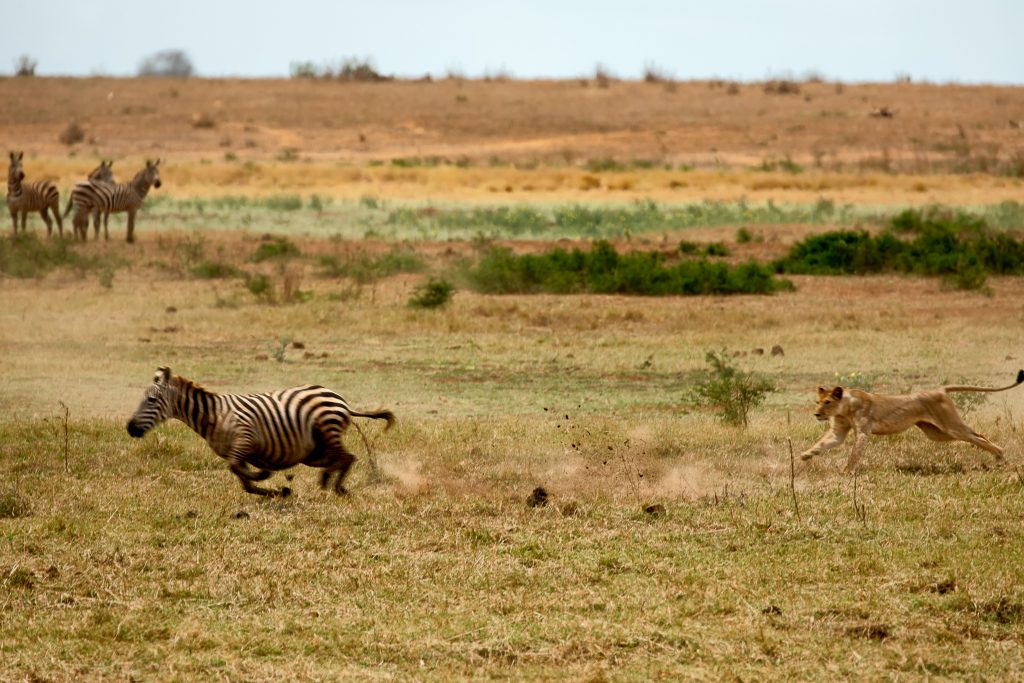
At this point, you think that the lion has a hard job to catch this zebra, however, they are fast, but not for long distances. This next click of the shutter shows the lion going in for the kill. Meanwhile, other zebras keep one eye on the attack and the other on the seven lions coming at a slow pace with their forks and knives out.
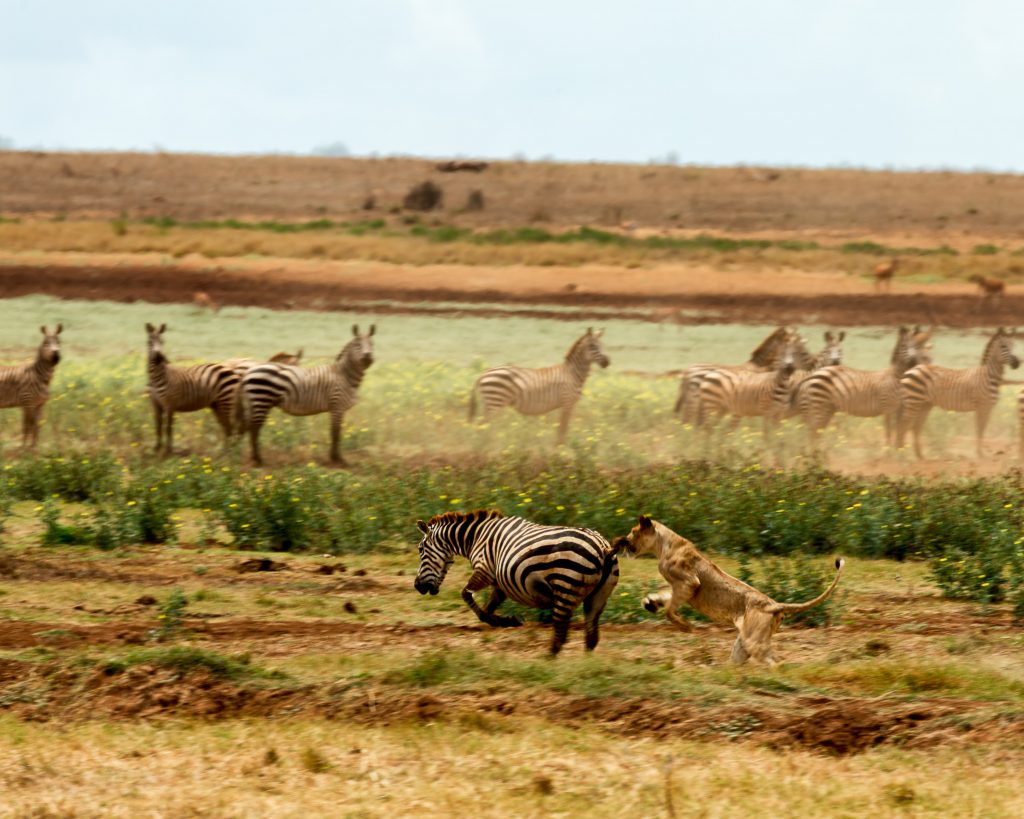
Run zebra
This next click of the shutter shows the lion has a grip of the zebra, but this zebra is not giving up. If it can keep going when the lion is in mid-air, it has a chance of escape.
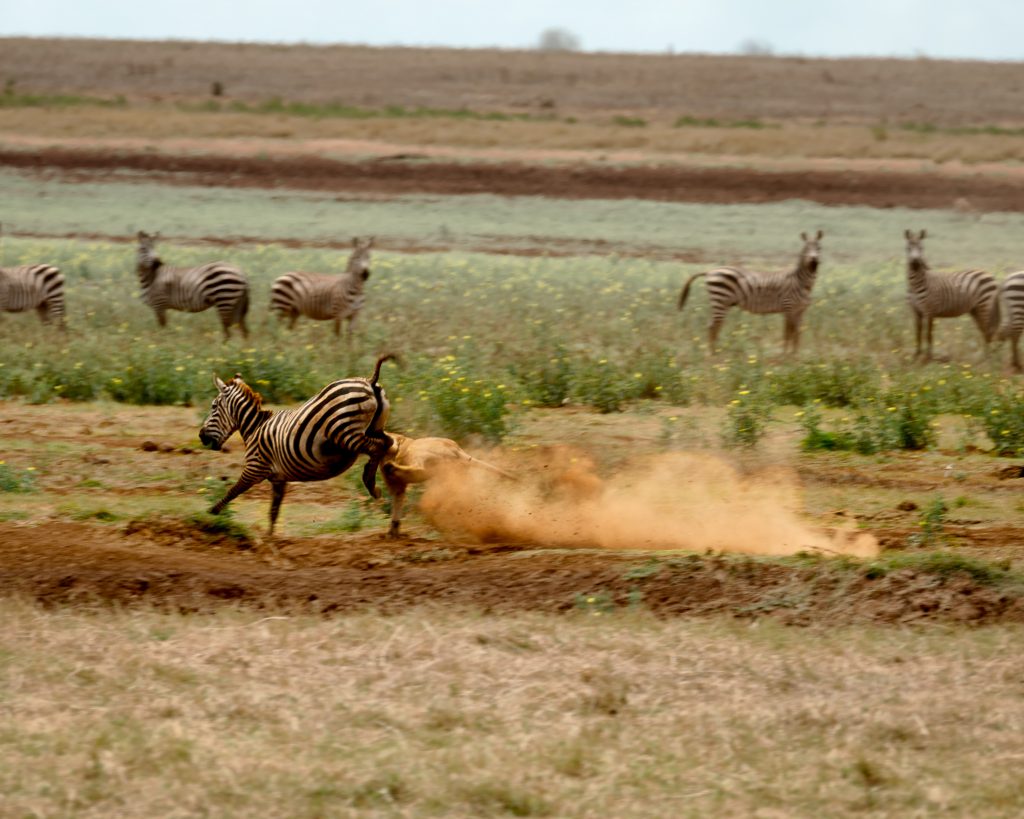
Milliseconds later, it’s done. The lion falls off as it can’t keep grip of the zebra. A dust cloud erupts as it rolls on the ground and the zebra rushes off to live another day. A lucky day indeed.
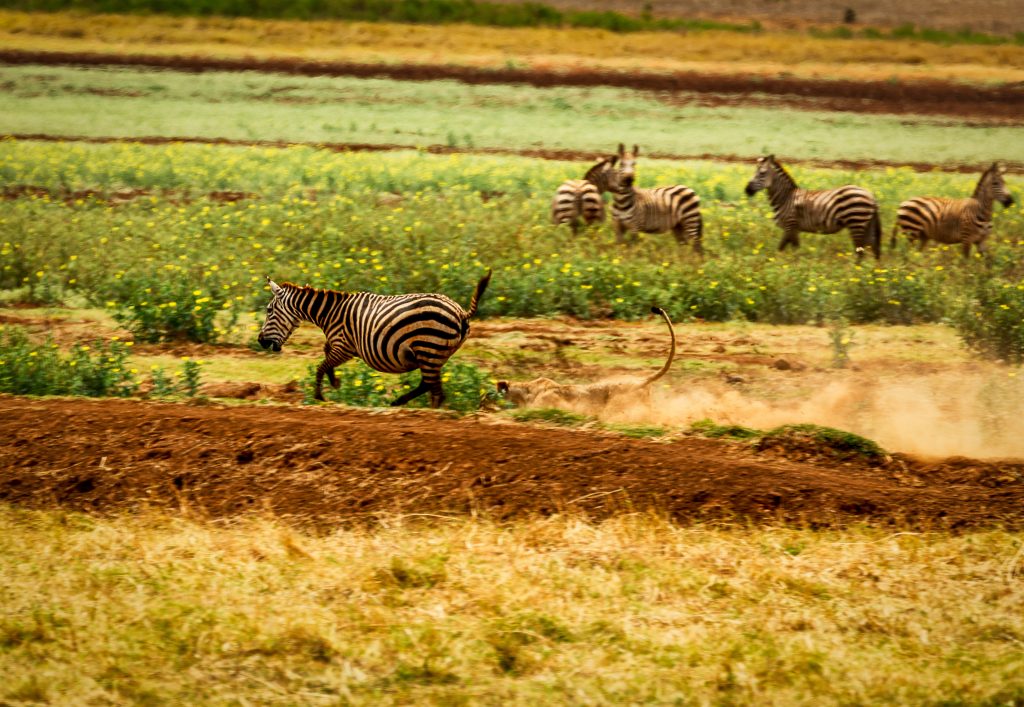
As quick as it started, it was over. The other lions which were jogging behind realise they have missed this opportunity. They slowly wandered up to the high ground to rest and consider their next options for dinner. We left not long after this, but heard from our driver they were successful on their next ambush. For me, it was great to see a pack of lions plan out a kill and execute it, a true experience.
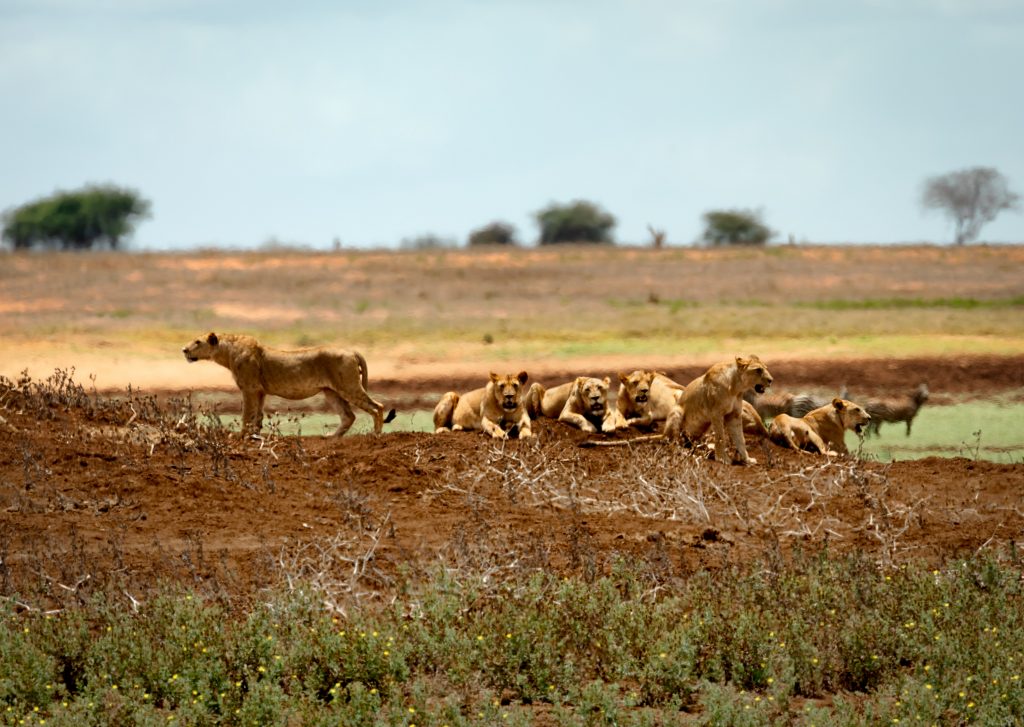


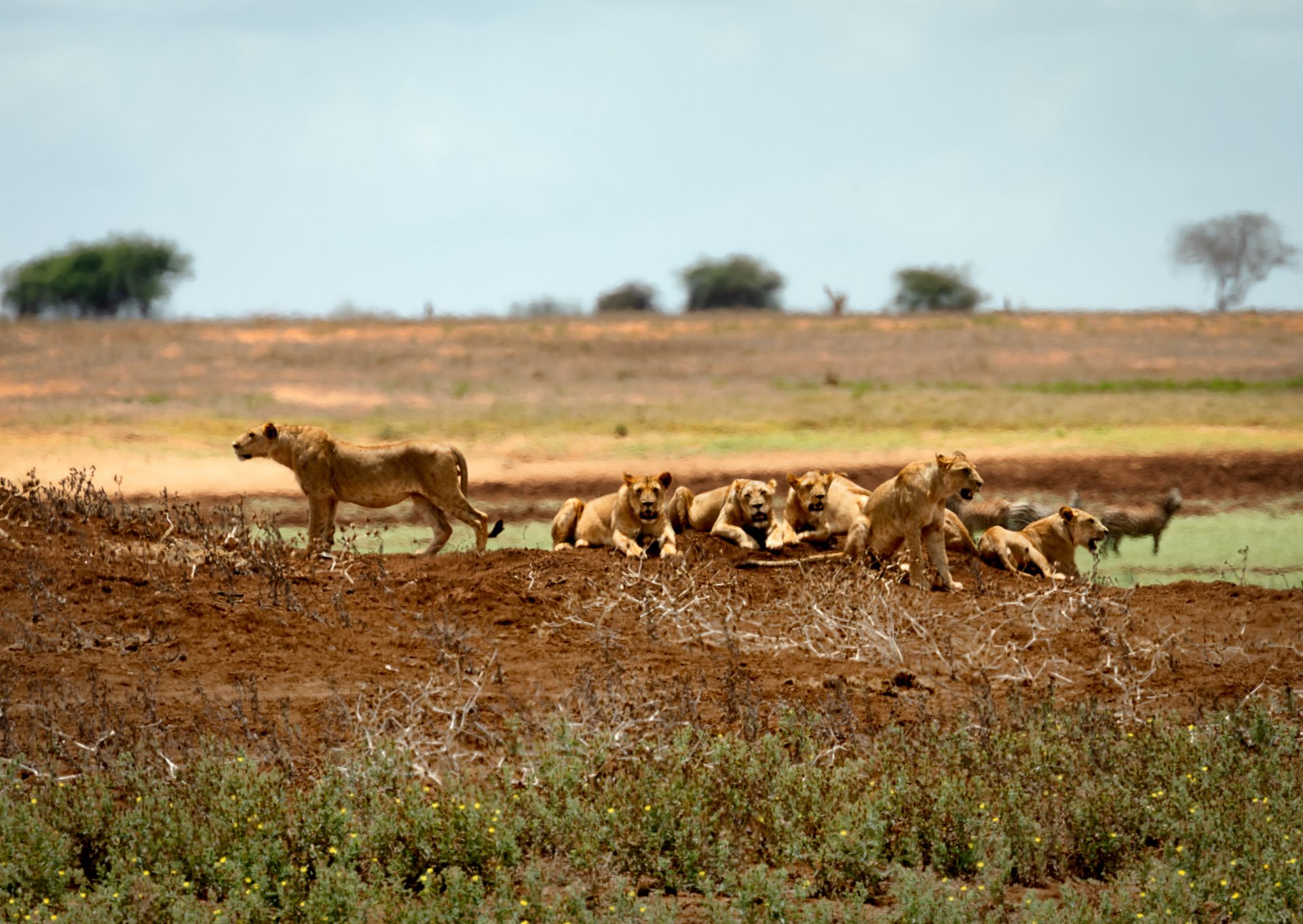


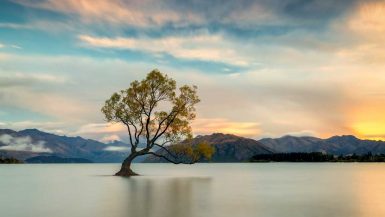
Leave a reply